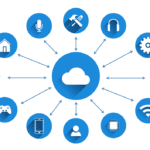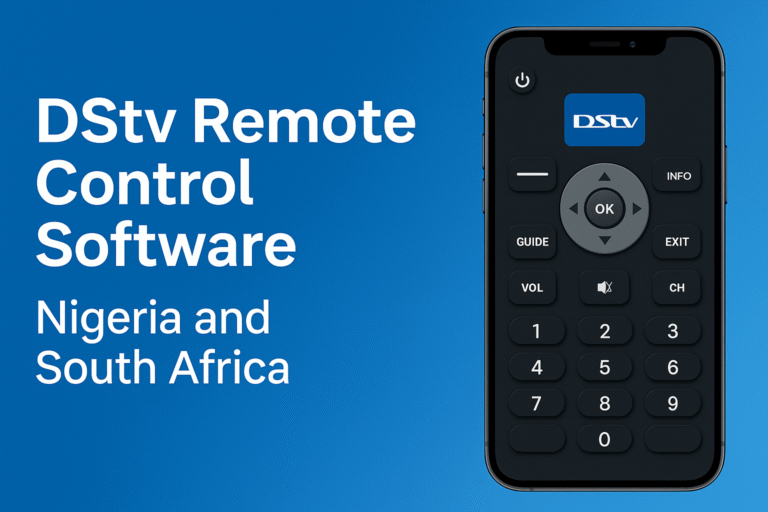In today’s fast-paced digital world, Information and Communication Technology (ICT) has become the backbone of businesses, governments, and even personal lives. From cloud computing and enterprise servers to mobile networks and digital platforms, ICT technologies ensure the smooth flow of data and communication across industries. However, despite advancements in technology, ICT downtime is still a common issue.
Downtime occurs when a system, network, or application becomes unavailable or fails to perform optimally, interrupting services and leading to financial losses, reputational damage, and user frustration. To understand why ICT technologies experience downtime, it is essential to look at the causes, impacts, and possible solutions.
What is ICT Downtime?
ICT downtime refers to the period during which digital systems, applications, or network infrastructure fail to operate as intended. This disruption can be planned (such as scheduled maintenance) or unplanned (caused by technical faults, cyberattacks, or natural disasters).
Examples of ICT downtime include:
- A website becoming inaccessible.
- Cloud servers going offline.
- Internet service interruptions.
- Mobile apps crashing or becoming unresponsive.
Whether for a small business or a large enterprise, any downtime leads to operational inefficiency and loss of productivity.
Common Causes of ICT Downtime
Downtime in ICT technologies can be attributed to several factors. Let’s break down the most common reasons:
- Hardware Failures: Servers, storage systems, and networking equipment form the physical foundation of ICT infrastructure. When these components fail due to age, overheating, or wear and tear, downtime becomes unavoidable. For example, a faulty router or hard drive crash can instantly bring operations to a halt.
- Software Bugs and Glitches: Software is at the heart of ICT. Applications, operating systems, and middleware may contain bugs or coding errors that lead to crashes, memory leaks, or compatibility issues. Poorly tested updates or patches can also introduce instability.
- Cybersecurity Threats: Cyberattacks are one of the fastest-growing causes of ICT downtime. Distributed Denial of Service (DDoS) attacks, ransomware, and malware infections can overwhelm or paralyze systems, making them unavailable to users. Even minor breaches can lead to temporary shutdowns while security teams investigate and restore services.
- Network Congestion and Failures: ICT relies heavily on stable connectivity. Bandwidth limitations, misconfigured firewalls, or ISP failures often cause downtime. In cases where multiple users access the same system simultaneously, congestion can overload servers, slowing or crashing services.
- Human Error: Surprisingly, human mistakes contribute significantly to ICT downtime. Accidentally deleting important files, misconfiguring servers, or applying incorrect system settings can cause massive outages. Even large corporations have suffered downtime due to employee errors during system updates.
- Power Outages: ICT infrastructure depends on electricity. In areas with unstable power supply, outages or voltage fluctuations can damage hardware and interrupt services. Although backup generators and Uninterrupted Power Supplies (UPS) exist, not all organizations implement them effectively.
- Third-Party Service Failures: Many organizations rely on third-party vendors such as cloud providers, hosting companies, and internet service providers. If these vendors face downtime, it directly affects businesses depending on them. For instance, an Amazon Web Services (AWS) outage has caused major global disruptions in the past.
- Natural Disasters: Earthquakes, floods, hurricanes, and fires can destroy data centers and ICT infrastructure, leading to extended downtime. Without adequate disaster-recovery strategies, organizations risk losing both data and services.
- Planned Maintenance: Sometimes downtime is deliberate. Organizations may take systems offline temporarily to update software, upgrade hardware, or perform system maintenance. While this is necessary for long-term stability, it still counts as downtime from a user’s perspective.
The Impacts of ICT Downtime
Downtime doesn’t only affect systems—it disrupts lives, businesses, and economies. Here are the major consequences:
- Financial Losses: According to industry reports, businesses can lose thousands of dollars per minute of downtime. For e-commerce platforms, even a short outage during peak sales hours can result in massive revenue loss.
- Loss of Productivity: Employees rely on ICT systems for daily tasks. When tools such as emails, databases, or collaboration platforms become unavailable, productivity drops significantly.
- Reputation Damage: Frequent downtime reduces customer trust. If a bank’s mobile app or a telecom network is regularly inaccessible, users may switch to competitors with more reliable services.
- Customer Frustration: Users expect digital platforms to be available 24/7. Downtime leads to frustration, poor user experiences, and increased churn rates.
- Data Loss and Security Risks: Downtime caused by cyberattacks or system crashes may result in loss of sensitive data. In some cases, attackers exploit downtime periods to infiltrate systems further.
Strategies to Minimize ICT Downtime
While it may be impossible to completely eliminate downtime, organizations can adopt strategies to reduce its frequency and impact:
- Redundancy and Backup Systems: Investing in redundant systems ensures operations continue even when one component fails. Regular data backups prevent permanent data loss.
- Robust Cybersecurity Measures: Deploying firewalls, intrusion detection systems, and DDoS protection minimizes downtime from cyberattacks. Regular employee training also reduces the risk of human-enabled breaches.
- Regular Maintenance and Updates: Proactive maintenance keeps hardware and software in top condition. Updates should be tested in a controlled environment before being rolled out to production systems.
- Disaster Recovery and Business Continuity Plans: Having a clear disaster recovery strategy ensures quick system restoration after natural disasters or major outages. Cloud-based backup solutions and geo-redundant data centers are particularly effective.
- Monitoring and Early Detection Tools: Real-time monitoring systems help detect network congestion, unusual activity, or impending hardware failures before they cause full downtime.
- Reliable Power Solutions: Organizations can use UPS systems, generators, and renewable energy sources to reduce downtime caused by power outages.
- Vendor Risk Management: When relying on third-party services, organizations should choose providers with proven uptime records and service-level agreements (SLAs) that guarantee compensation in case of downtime.
Future Outlook: Reducing Downtime in ICT
As ICT technologies continue to evolve, downtime will remain a critical challenge. Emerging solutions such as AI-driven predictive maintenance, edge computing, and self-healing networks are expected to reduce downtime significantly. These innovations allow systems to identify issues before they escalate and automatically recover from failures without human intervention.
Cloud computing and distributed architectures also provide higher resilience, enabling businesses to maintain operations even if one system fails. However, organizations must balance the cost of resilience with the risks of downtime.
Conclusion
ICT downtime is an unavoidable reality, but its frequency and impact can be minimized through proactive strategies and modern technologies. The primary causes range from hardware failures and cyberattacks to natural disasters and human errors. The consequences—financial losses, reduced productivity, and reputational harm—highlight the importance of strong resilience planning.
By investing in redundancy, monitoring, cybersecurity, and disaster recovery plans, organizations can ensure greater system reliability and user trust. As businesses continue to depend on ICT for growth and efficiency, minimizing downtime will remain a top priority in the digital era.
website?










